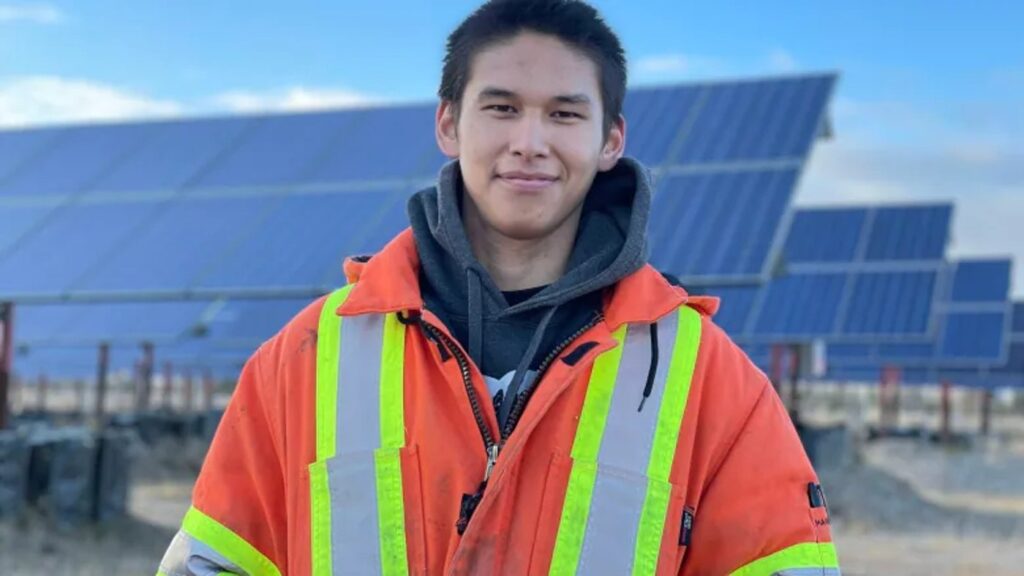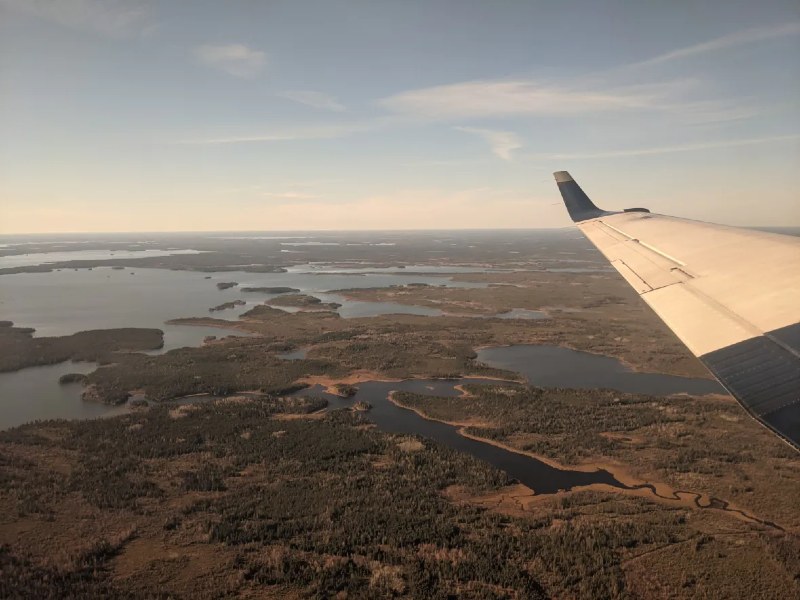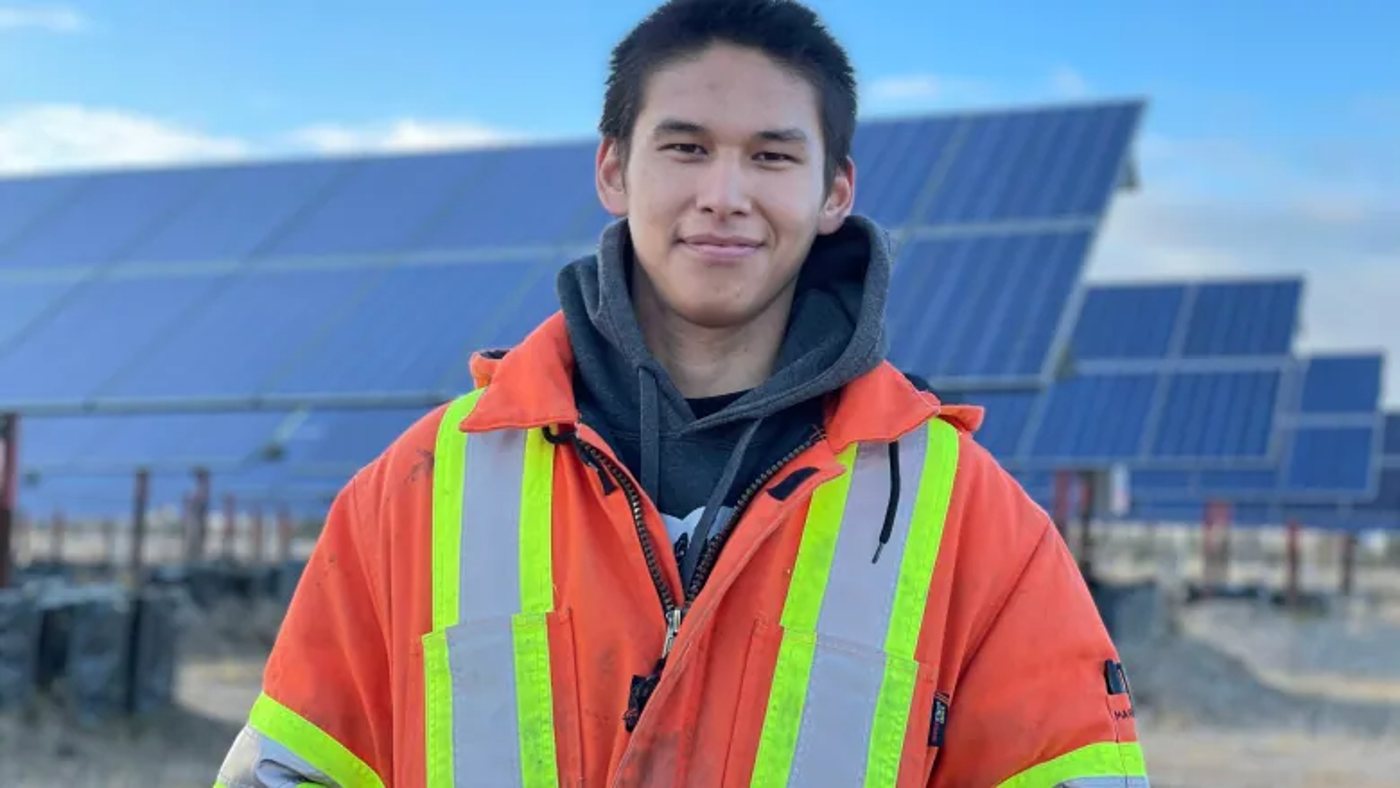
Ontario’s northernmost First Nation has switched on a 300 kilowatt solar power station, freeing them from the burden of flying diesel by charter plane 500 miles up the Canadian coastline.
The station will generate money, power, and jobs for the community of Fort Severn, and reduce their consumption of fuel for both electricity and fuel transportation by around 400,000 liters of diesel a year.
Did you ever watch the program Ice Road Truckers on the Discovery Channel? The season finale could easily have been a trip to Fort Severin. The grueling 480-mile road trip through what is thought the world’s longest winter road, the Wapusk Trail, is a frozen wilderness during the winter, and a mud slog during the summer—that season is becoming onger and warmer, and thus the road is becoming muddier for longer periods of time.
Small planes loaded with diesel have until recently been the only reliable means of energy delivery. After decades of enduring this frontier-of-all-frontiers living, in 2016 the recently-elected Chief Paul Burke decided to embark on the solar power project despite huge challenges.
“If you want something for your community, you got to go and get it,” Chief Burke told CBC over the phone. “You can’t just sit there twiddling your thumbs and waiting for something to happen. So that’s what I did.”
Just getting humans to Fort Severin, let alone the materials and parts for a big solar energy project, was a major challenge on its own. The only way to get materials to the community was by the Wapusk Trail, or on one single barge trip per year, which places an expensive toll on simple human error.
“Say you don’t have enough wire or you’re missing a special tool. Well, you immediately have to charter a plane three hours south to pick something up and then fly back,” said Michael Wrinch, the project manager and president of Hedgehog Technologies. “If you forget anything, it’s an expensive mistake. And then next is getting the big items up there.”

Now, however, the power station is finished and operating, giving power to around 550 people and generating income, enough to help tackle a real estate issue in the community, which needs around 40 houses for people.
MORE: Breakthrough 3D Solar Panel Design Increases Light Absorption By 125% – A Potential Game-Changer
Arctic Zones are just as temperamental with their cloud patterns and precipitation as Temperate Zones, and so Chief Burke is already digging into the next sleep-losing challenge: wind power.
It’s a story that reminds the world what renewables can do, and how few excuses federal governments and municipalities have for installing them. If Fort Severin can do it, anyone can.
RENEW the Hope And Share This Good News From the North…





















Congrats to the people of Fort Severn and Chief Paul Burke for taking this problem on. Here’s to generating income from solar power and helping the housing needs. I also hope wind power is in your future.